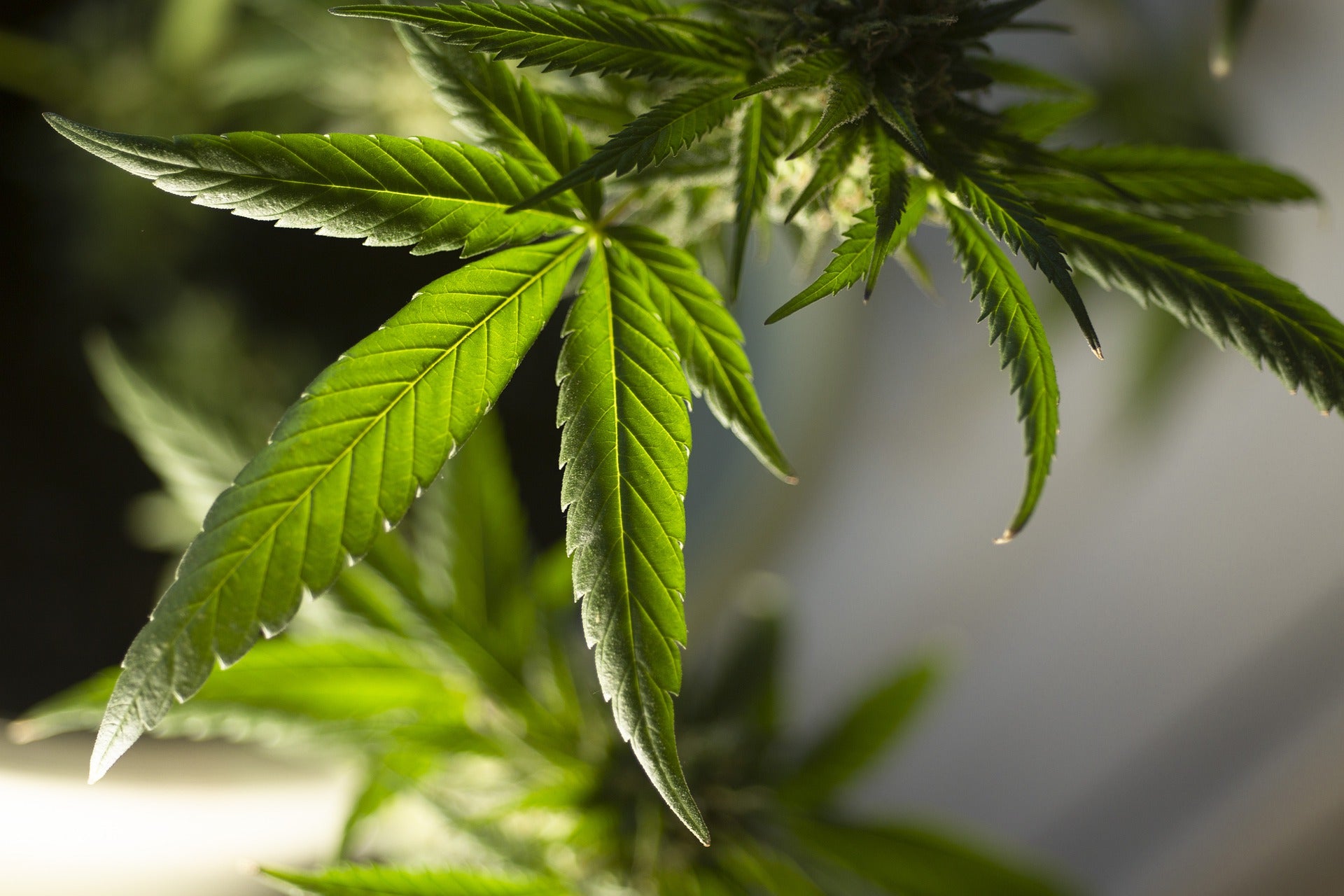
Flavonoids in cannabis
Cannabis is a versatile plant that contains an impressive range of compounds, from cannabinoids to terpenes and flavonoids. In this report, we will focus on flavonoids, a group of natural compounds found in cannabis that contribute to the extensive chemical composition of this plant.
What are Flavonoids?
Flavonoids are a group of phytochemicals found in many plant species. They are responsible for the color of flowers and fruits and often serve to protect plants from harmful environmental influences. Flavonoids also fulfill various functions in plant metabolism, such as attracting pollinators or defending against pests.
Flavonoids in cannabis:
Numerous different flavonoids have been identified in cannabis, although the specific composition can vary depending on the cannabis strain. Some of the main flavonoids found in cannabis are:
Quercetin: This flavonoid has antioxidant and anti-inflammatory properties. It can contribute to the health of the cardiovascular system.
Kaempferol: Kaempferol is another flavonoid in cannabis that may have anti-inflammatory effects. It is found in various foods and herbs and is also present in cannabis.
Apigenin: Apigenin is a flavonoid that may have calming properties. It is commonly found in plants like chamomile and parsley and can help reduce stress and anxiety.
Cannaflavin A, B, and C: These specific flavonoids are unique to cannabis and have been studied for their anti-inflammatory properties. For example, cannaflavine A has a stronger anti-inflammatory effect than aspirin.
Morin: Morin is another flavonoid found in cannabis that may exhibit antioxidant and anti-inflammatory properties. It has the potential to provide various health benefits.
